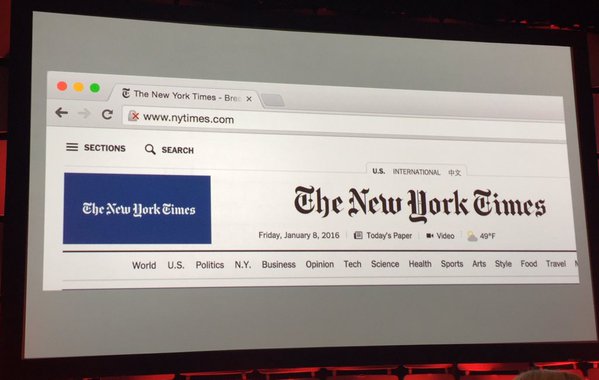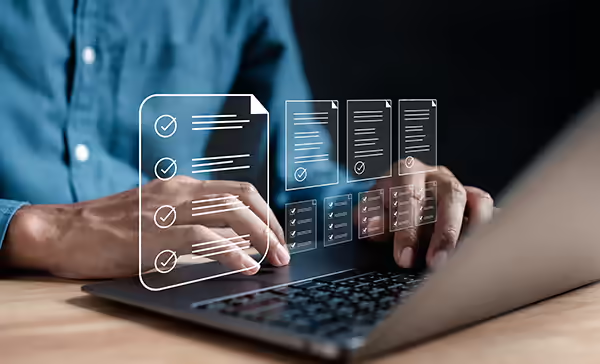It’s no secret that Google wants secure websites across the entirety of the internet – and the next step towards making this is a reality has begun.
Google announced that in the future, the Chrome browser will flag any websites that aren’t encrypted with HTTPS by displaying a red cross over a padlock in the URL bar when users visit the site.

As it stands, Chrome currently shows a simple white page displayed as when viewing an unencrypted HTTP site, but in the future will display the crossed padlock as seen above. HTTPS sites are currently represented with the
symbol to show they are secure. Announcing that Chrome will show HTTP sites as seen above is the next move into ensuring everything on the web travels over a secure and safe channel.
HTTPS is a secure layer over the normal HTTP web protocol, with SSL (also known as HTTP over SSL or HTTP Secure). SSL stands for Secure Sockets Layer, and creates an encrypted connection between the web browser and web server in question, which means private information can be transmitted without being intercepted along the way.
Why switch to HTTPS?
HTTPS not only protects the data of users visiting a website, but also shows that the user is on a legitimate website, and not a fake version of the site used by hackers. HTTPS means that third parties with malicious intent cannot hijack the connection and insert malware or censor other information.
For more information, read our blog post on How to secure AspDotNetStorefront with HTTPS for Google’s new ranking signal.
During the 2014 I/O conference, Google already stated they wanted HTTPS everywhere, also announcing that encrypted websites would gain higher rankings in the search results page. By offering higher rankings, this should encourage webmasters and businesses to embrace HTTPS, and ensure they have SSL on sites sooner rather than later. By showing all HTTP sites with an insecure icon, then it’s almost certain to push more webmasters to make the switch to HTTPS.
To read more on how switching to HTTPS will affect your business, read our blog post, or get in touch with the team here at Xanthos who will be happy to chat.












